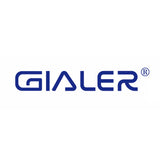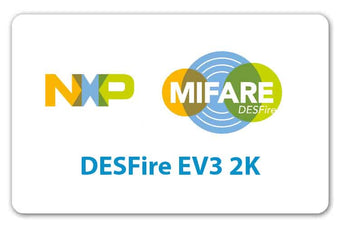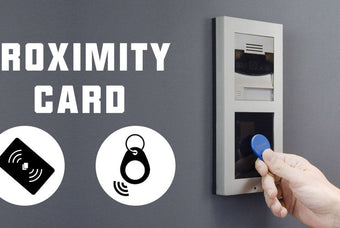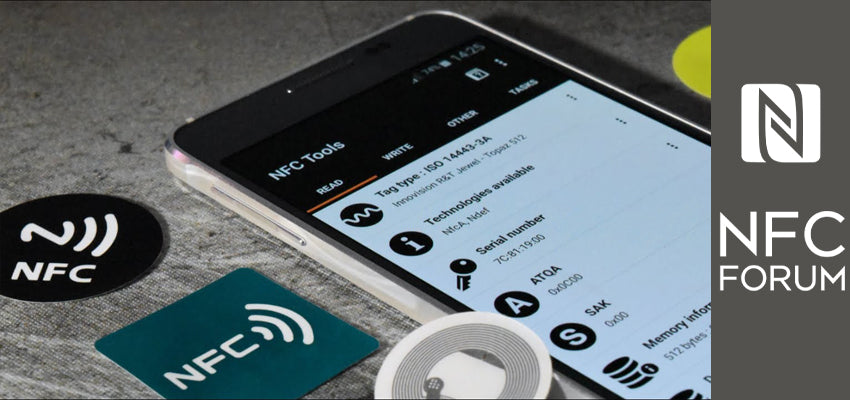NFC is a short-range wireless technology designed for communication between various devices, such as smartphones or payment terminals. It uses magnetic field induction to enable communication.
The technology is used in sensitive applications, such as mobile payments or accessing secure information. This sensitivity requires different security & privacy levels, which are defined by the NFC Forum.
NFC technology is based on radio-frequency identification (RFID) technology. An NFC tag is a special type of RFID tag that can be read by an NFC-enabled device, such as a smartphone.
The technology uses 13.56 MHz electromagnetic fields to communicate between devices. NFC tags can be embedded into products, packaging, or postcards. They can also be placed on posters or billboards.
NFC tags contain a small amount of information, such as a web address or phone number. When an NFC-enabled device comes near an NFC tag, the device can read the information on the tag.
NFC tags come in different shapes and sizes. Their functionality is regulated by NFC Forums, ensuring interoperability between devices.

NFC Forum
The NFC Forum's (www.nfc-forum.org) mission is to advance the use of Near Field Communication technology by developing specifications, ensuring interoperability among devices and services, and educating the market about NFC technology.The NFC Forum was founded in 2004 by Nokia, Philips, and Sony.
The Forum's global member companies are currently developing specifications for a modular NFC device architecture, and protocols for interoperable data exchange and device-independent service delivery, device discovery, and device capability. The NFC Forum's Sponsor members include Apple Inc., Broadcom Corporation, Dai Nippon Printing Co. Ltd., Google, Inc., Intel, MasterCard Worldwide, NXP Semiconductors, Qualcomm, Samsung, Sony Corporation, STMicroelectronics, and Visa Inc.

- NFC Type 1 Tag
These are common tags with read/write capabilities. However, you can configure Type 1 Tags to be read-only. They are often used for storing small amounts of data, such as a URL, phone number, or email address.
The type 1 tags are uses ISO 14443A standard, ensuring compatibility with all NFC-enabled devices compliant with this specific regulation. It has 96-byte memory and a transmission rate of 106kbits/s. This makes it ideal for storing simple information.
However, these tags lack an elaborate data conflict protection mechanism, which can result in data being overwritten or corrupted. As such, you cannot write on two different blocks of a Type 1 tag at the same time.
Due to these shortcomings. these tags are highly affordable. They are often used in retail stores for customer loyalty programs or for tracking inventory. They are also compatible with Innovision and Topaz systems.
- NFC Type 2 Tag
Type 2 tags are based on the ISO 14443A standard and have a read/write capability. They also come with an elaborate data conflict protection mechanism, which prevents data from being overwritten or corrupted. This is done by using a two-byte lock control TLV (Tag Lock Control Transaction Protocol).
The Type 2 tag has a 48/144-byte memory and a transmission rate of 106kbits/s. They can be read/write or read-only, depending on how the configuration. The lock control TLV makes it ideal for storing more valuable information, such as credit card details.
Besides, these tags are based on the NXP MIFARE Ultralight tag, one of the most popular platforms for contactless payments. Its high-security features make it ideal for applications where data security is paramount, such as access control and identity management.
- NFC Type 3 Tag
Type 3 tags are based on the Sony FeliCa platform and use the (JIS) X 6319-4 industry standard to communicate. They come with a read/write capability and 1/4/9-kilobyte memory. The Sony FeliCa platform is used in public transportation systems in Japan, such as the Suica card.
Type 3 tags have several security features that make them ideal for storing sensitive information, such as credit card details or medical records. The data on these tags is encrypted and can only be accessed by authorized devices.
Additionally, these tags boast 212 or 424kbits/s data transmission rate. This is fast enough for real-time applications, such as electronic ticketing and contactless payments. Besides, you can configure it to be read-only or read/write. This flexibility makes it ideal for a wide range of applications.
- NFC Type 4 Tag
Type 4 tags are based on the NXP DESFire tag and are 100% compatible with SmartMX-JCOP. They are regulated by the ISO 14443A and B standards and come with a read/write or read-only capability.
The tags also have an elaborate data conflict prevention mechanism, allowing you to simultaneously write on two different blocks. They can store 4Kb/ 32Kbs of data with an impressive transmission rate of 106kbits/s, 212kbits/s, or 424kbits/s.
The tags are used in applications that require high memory and high security. They are often used in electronic ticketing, access control, and identity management.
- NFC Type 5 Tags
Type 5 tags have significant improvements geared towards better data storage and faster transmission rates. They are based on the ISO 15693 standard and have a read/write capability.
The tags come with 256 bytes/896 bytes/1280 bytes/2528 bytes’ capacity. This high data storage capacity is ideal for storing loyalty points, medical records, and other valuable information. The tags also have a data transmission rate of 53kbits/s.
Additionally, Type 5 NFC tags are compatible with ICODE SLI-Xseries/TI 2K/ST LRI2K. They have a read-only or read/write capability and are used in a wide range of applications, including proximity marketing.
Their strong data protection collision mechanisms make them ideal for storing more valuable information. The risk of data corruption is significantly reduced, making them some of the most reliable tags in the market.
- NFC Type 6 Tags
Type 6 tags are based on the ISO 14443A standards and have a read/write or read-only capability. Being the latest NFC tag technology, they boast several improvements over the previous types.
For instance, they come with 1Kbyte/4Kbyte memory, which is higher than most of their predecessors. However, the data transmission rate is still 106kbits/s.
Additionally, the tags boast high security and data collision protection mechanisms. This makes them ideal for contactless payments and other applications where data security is paramount.
Type 6 tags are also compatible with M1 (S50 F08) and work well with most smartphones. They have read/write or read-only capability.
Choose the Right Forum Type NFC Tag for Your Application?
The best NFC tag type for your application ultimately depends on the unique needs and requirements of that particular situation.The differences in these tags are in data conflict protection mechanisms, data transmission rate, and memory. Depending on your application, you will need a tag with specific features.
You can use Type 1 if you’re on a tight budget and need to store very little data. Type 2 tags are also affordable and offer slightly better storage capacity, making them suitable for low-security marketing campaigns or product packaging.
For high-capacity tasks and secure storage of sensitive information, consider Type 3 or 4 tags. And if you’re looking for a rugged option for industrial use, Type 5 tags may be the best choice.
Whichever tag you choose, ensure it offers the features you need for your application. This way, you will get the most out of your investment.









